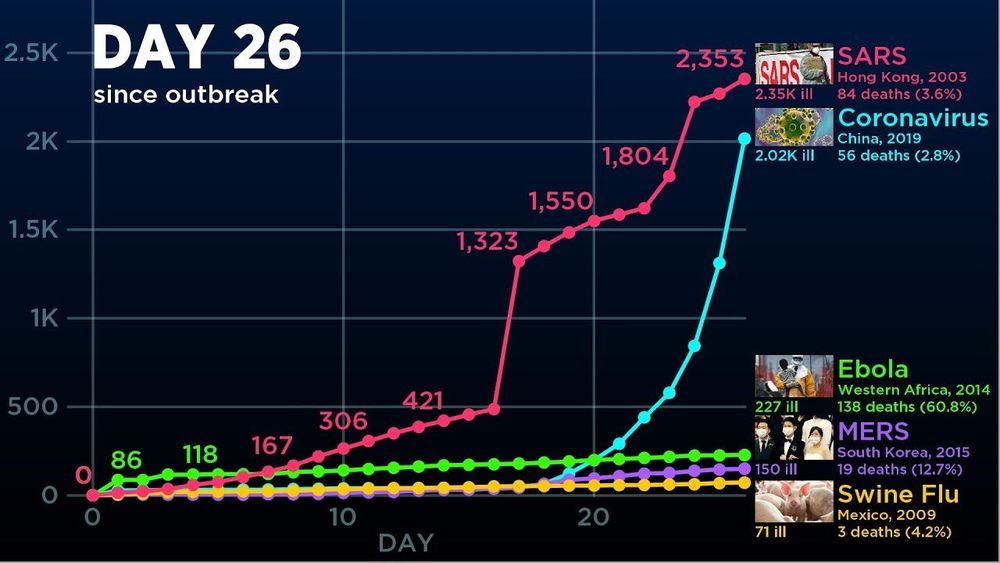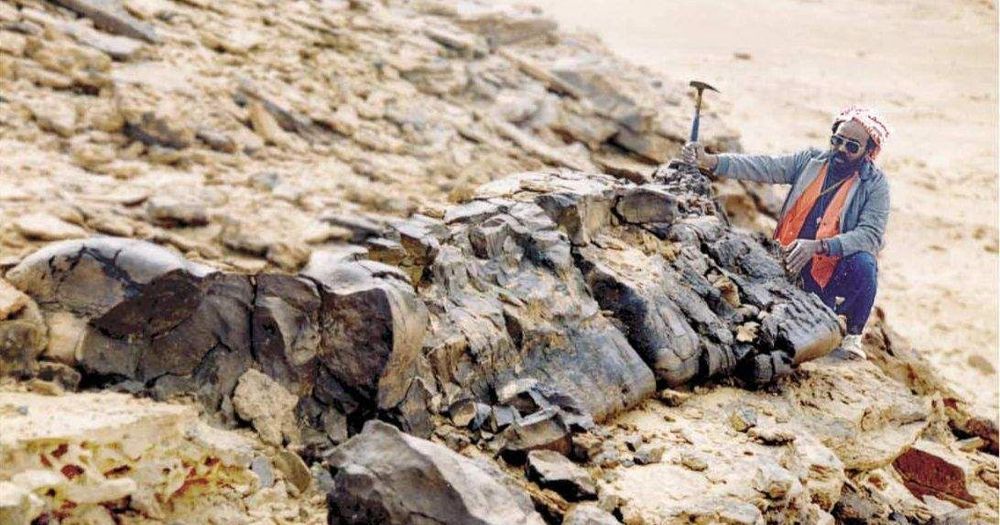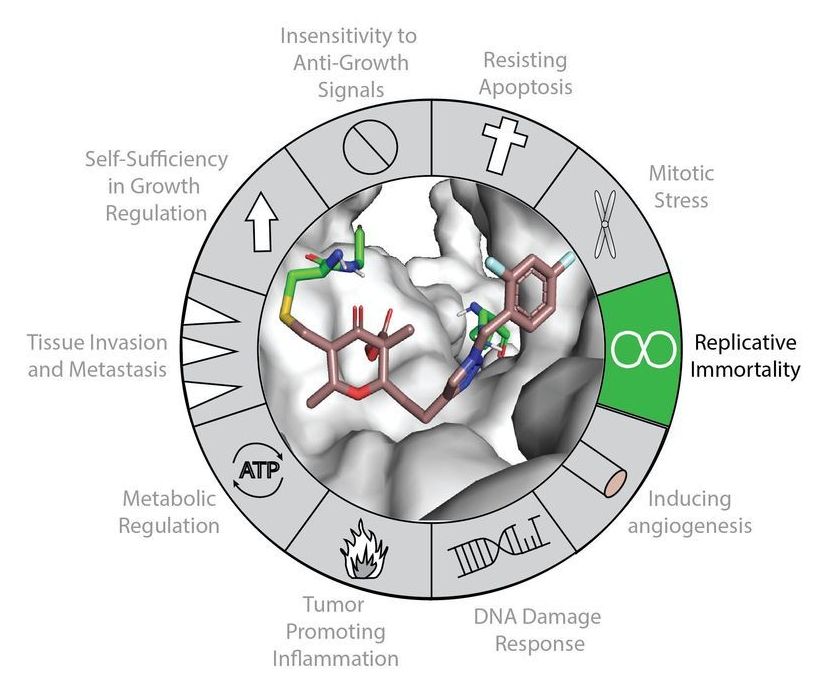Page 7219
Mar 4, 2020
SpaceX celebrates Crew Dragon’s 1st launch anniversary with epic video
Posted by Genevieve Klien in category: space travel
One year ago today, SpaceX took a giant leap forward for private spaceflight with the launch of its first Crew Dragon to the International Space Station and the company is celebrating that feat with an epic new video.
The new video, which SpaceX shared on YouTube and Twitter, shows the company’s first Crew Dragon spacecraft launched on the Demo-1 mission from NASA’s Kennedy Space Center in Florida. The mission, an uncrewed test flight, launched a spacesuit-clad dummy named Ripley and an adorable Celestial Buddy Earth plush toy to the station.
Mar 4, 2020
Orange juice molecule may ‘drastically’ reduce obesity, arterial plaque
Posted by Genevieve Klien in category: biotech/medical
A compound found in oranges has been found to target obesity and reduce the risks of developing associated diseases, according to a new study. The researchers note that drinking enough orange juice every day may have a drastic impact on obesity as a result, even in cases where a high-fat and high-cholesterol diet is being consumed. The beneficial compound was also found to reduce the amount of plaque in arteries.
Mar 4, 2020
Unveiling Biology with Deep Microscopy
Posted by Genevieve Klien in categories: biotech/medical, finance, information science, military, robotics/AI, space
The scientific revolution was ushered in at the beginning of the 17th century with the development of two of the most important inventions in history — the telescope and the microscope. With the telescope, Galileo turned his attention skyward, and advances in optics led Robert Hooke and Antonie van Leeuwenhoek toward the first use of the compound microscope as a scientific instrument, circa 1665. Today, we are witnessing an information technology-era revolution in microscopy, supercharged by deep learning algorithms that have propelled artificial intelligence to transform industry after industry.
One of the major breakthroughs in deep learning came in 2012, when the performance superiority of a deep convolutional neural network combined with GPUs for image classification was revealed by Hinton and colleagues [1] for the ImageNet Large Scale Visual Recognition Challenge (ILSVRC). In AI’s current innovation and implementation phase, deep learning algorithms are propelling nearly all computer vision-intensive applications, including autonomous vehicles (transportation, military), facial recognition (retail, IT, communications, finance), biomedical imaging (healthcare), autonomous weapons and targeting systems (military), and automation and robotics (military, manufacturing, heavy industry, retail).
It should come as no surprise that the field of microscopy would ripe for transformation by artificial intelligence-aided image processing, analysis and interpretation. In biological research, microscopy generates prodigious amounts of image data; a single experiment with a transmission electron microscope can generate a data set containing over 100 terabytes worth of images [2]. The myriad of instruments and image processing techniques available today can resolve structures ranging in size across nearly 10 orders of magnitude, from single molecules to entire organisms, and capture spatial (3D) as well as temporal (4D) dynamics on time scales of femtoseconds to seconds.
Mar 4, 2020
How does Coronavirus compare to Ebola, SARS, etc?
Posted by Pat Maechler in categories: biotech/medical, media & arts, space

Bottomline: DON’T PANIC!
This is a Cary prodocution!
Continue reading “How does Coronavirus compare to Ebola, SARS, etc?” »

Governments around the world are shutting down the internet, saying it’s needed to prevent protests or cheating on exams. But critics say blocking expression and access to information violates human rights. Here’s how internet shutdowns work. Illustration: Crystal Tai
More from the Wall Street Journal:
Visit WSJ.com: http://www.wsj.com
Visit the WSJ Video Center: https://wsj.com/video
Continue reading “How Governments Shut Down the Internet | WSJ” »
Mar 3, 2020
Astronomers: Something Is Warping Our Entire Galaxy
Posted by Quinn Sena in categories: cosmology, physics

Hmmm dark matter perhaps or a still unknown type of exterrestial physics. Much like bootes which in my expert opinion is an alien dimension maybe there are still Easter eggs hidden in the fabric of our universe that can take several lifetimes to understand even with advanced technology understanding may still be like scratching at the ceiling of infinity of understanding but may not be as difficult.
It’s a mystery that’s been puzzling astronomers for years.
Long before trees overtook the land, earth was covered by giant mushrooms.
24 feet tall and three feet wide, these giant spires dotted the ancient landscape.
A chemical analysis has shown that the 20-foot-tall (6-metre) organism with a tree-like trunk was a fungus that became extinct more than 350 million years ago.
Mar 3, 2020
Chemists inhibit a critical gear of cell immortality
Posted by Quinn Sena in categories: biotech/medical, life extension
One of the hallmarks of cancer is cell immortality. A Northwestern University organic chemist and his team now have developed a promising molecular tool that targets and inhibits one of cell immortality’s underlying gears: the enzyme telomerase.
This enzyme is found overexpressed in approximately 90% of human cancer cells and has become an important subject of study for cancer researchers. Normal cells have the gene for telomerase, but it typically is not expressed.
“Telomerase is the primary enzyme that allows cancer cells to live forever,” said Karl A. Scheidt, who led the research. “We want to short-circuit this immortality. Now we have designed a first-of-its-kind small molecule that irreversibly binds to telomerase, shutting down its activity. This mechanism offers a new pathway for treating cancer and understanding cellular aging.”
Mar 3, 2020
Hints of fossil DNA discovered in dinosaur skull
Posted by Quinn Sena in category: biotech/medical
I want a mini trex pet idc what peeps say lol :p.
Scientists have spotted cellular structures—and a substance that behaves like DNA—in cartilage more than 70 million years old.















